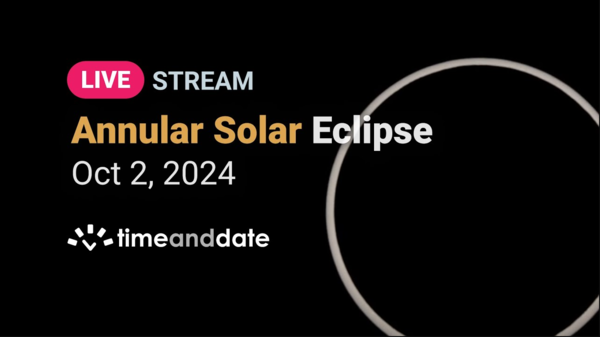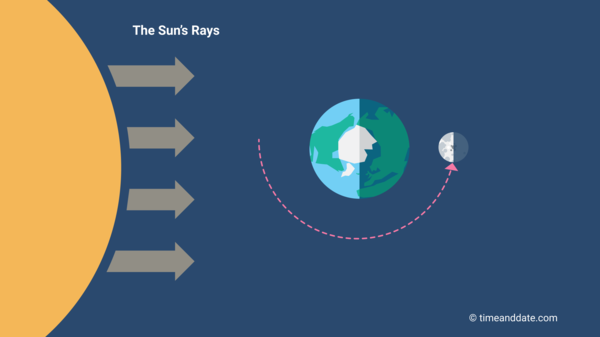See the Earth’s shadow partially eclipse September’s Harvest Moon
This partial lunar eclipse is visible from North and South America, Europe, Africa, and parts of Asia.
Subscribe
For media enquiries, please visit our Media & Press Page.
A special thanks to our streaming partners.
Live Stream News Feed
Sep 18, 2024, 03:39 (UTC)
Our Stellar Partners!
As we sign off, we’d like to express our heartfelt thanks to our incredible partners: John Williams; Neill Sanders from Go Stargazing; and Ahmad Hasan, Mahmood Hasan, and Khadijah Ahmad from the Dubai Astronomy Group. We couldn’t have done this without you!
Sep 18, 2024, 03:30 (UTC)
See You in Two Weeks!

We are calling it a day! A big thank you to all who joined us for this spectacular event!
Please join us again on October 2, 2024, for our coverage of an annular solar eclipse.Meanwhile, stick around and explore our vast astronomy and eclipse resources:
- When’s the next eclipse? How will it look in your city?
- Is there a meteor shower coming soon?
- What planets can you see in your night sky tonight?
- When does the Sun rise and set in your town?
- What phase of the Moon is it today?
- When do the seasons begin?
- How far is the Moon from the Earth today?
- Where on Earth is it night right this moment?
Sep 18, 2024, 03:28 (UTC)
Now You See it, Now You Don’t
An incredible shot of the Moon and Saturn captured hours before tonight’s eclipse. If you are watching the eclipse, don't forget to take a moment to spot the ringed planet!
Use our Interactive Night Sky Map to find out where to look for Saturn in the night sky above you.
Sep 18, 2024, 02:57 (UTC)
Partially Eclipsed Moon Over the City of Angels
Sep 18, 2024, 02:54 (UTC)
Another Stunning View of the Partially Eclipsed Moon
Sep 18, 2024, 02:35 (UTC)
A Partially Eclipsed Moon in Texas
Sep 18, 2024, 02:35 (UTC)
Where on Earth Is the Moon?
Use our Moon Light World Map to see where the Moon is currently visible on Earth.
Sep 18, 2024, 02:31 (UTC)
Perfectly Shot
Sep 18, 2024, 02:30 (UTC)
The Many Moods of the Moon

Illustration of the Moon's position in space in relation to the Earth and the Sun at Full Moon. ©timeanddate.com
We can thank the Full Moon, one of the four primary phases of the Moon, for today’s eclipse. The technical name for the Full Moon, which is just an instant in time, is a Syzygy of the Sun-Moon-Earth system.
What are Moon phases? How many phases does the Moon have? What is the significance of lunar phases? Find answers to all of your Moon-related questions here.
Sep 18, 2024, 02:25 (UTC)
The Origins of Our Moon
The jury is still out about the formation of our Moon. Many scientists believe a massive body smashed into Earth 4.5 billion years ago, launching molten debris into orbit that fused to become our Moon, an event that may have also contributed to the creation of our oceans.
Read about the Giant Impact hypothesis and other competing theories of our Moon’s birth.